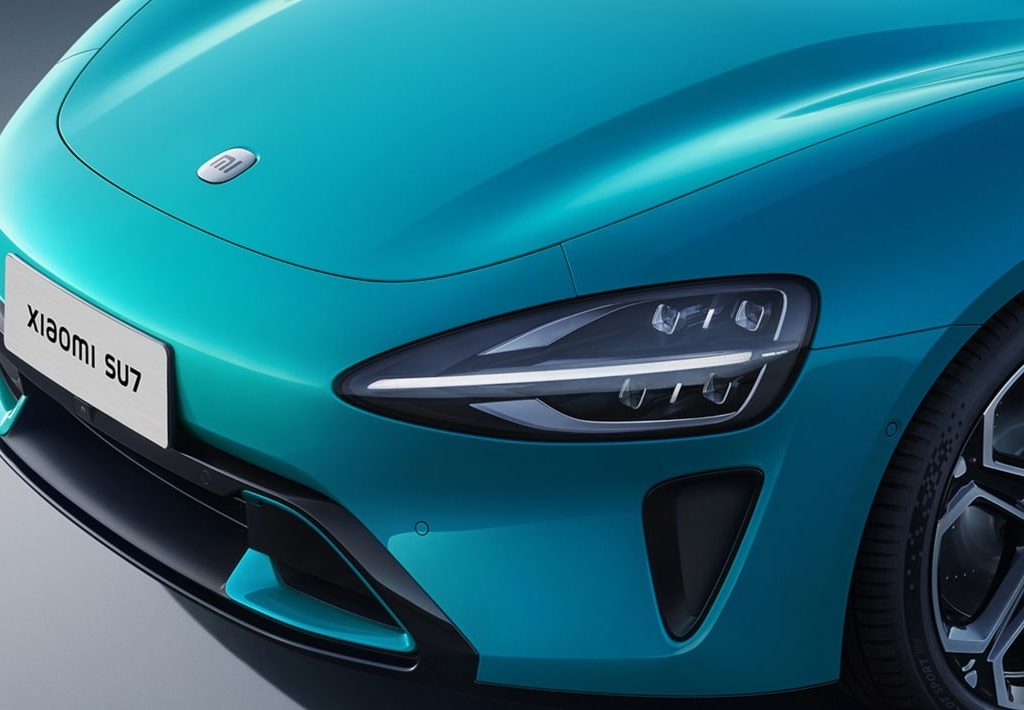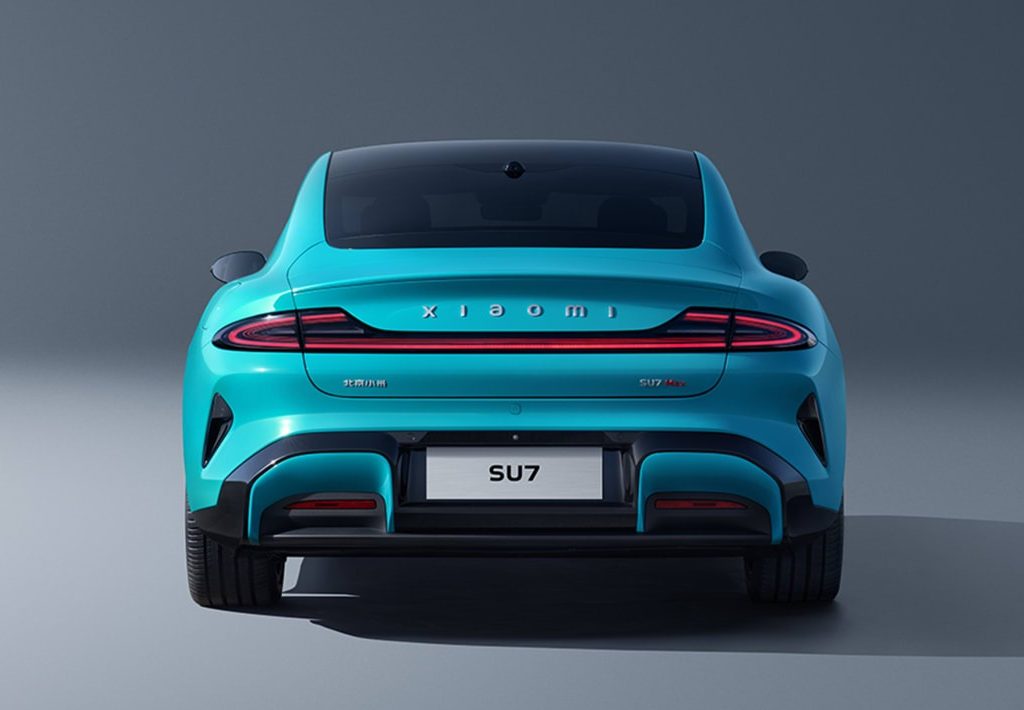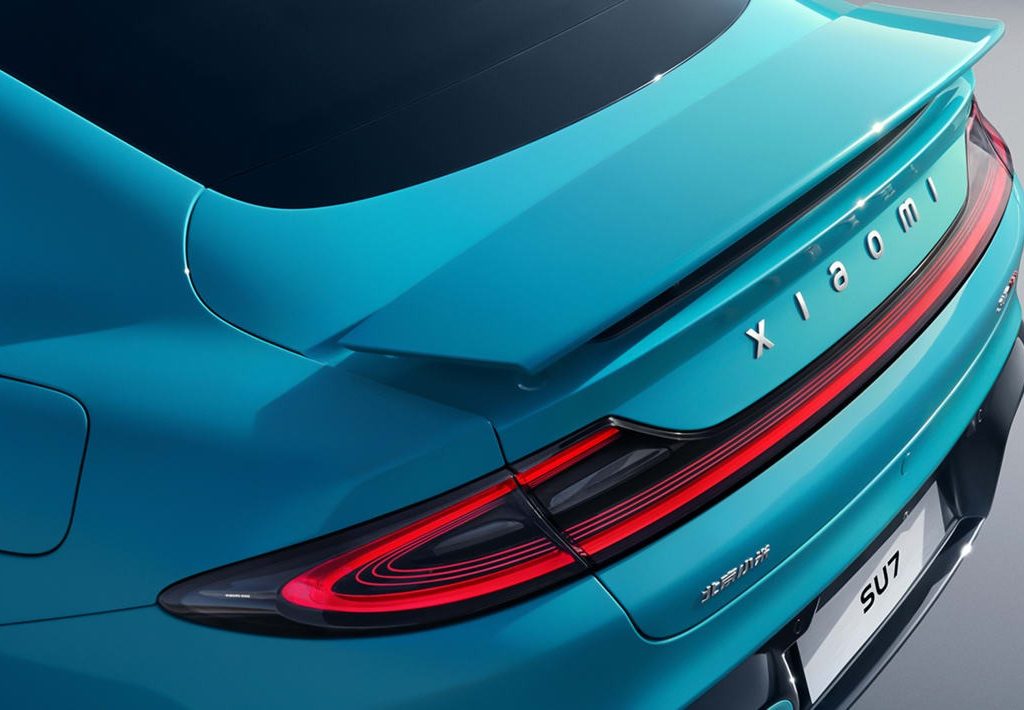It might not be quite as handsome as the Porsche it apes, but with a claimed driving range of 800km and a 3.0-second run to 100km/h, it should prove compelling
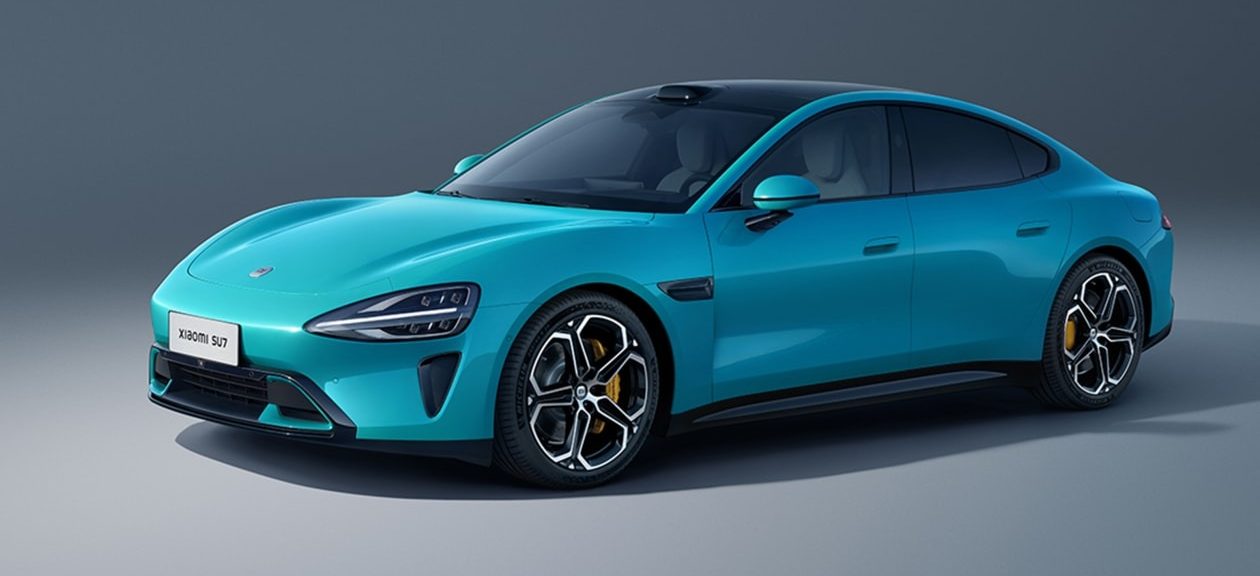
To many, Chinese tech giant Xiaomi is best known for its Samsung- and iPhone-rivalling phones. Now, however, the company is trying to do what Apple couldn’t and branch into the automotive sphere, taking on the best of the electric car sector with the new Xiaomi SU7 saloon.
The SU7 will make its Chinese market debut later in 2024, but it’s not clear yet if western markets are on the agenda.
Pricing for China was revealed at a recent launch event, where three trim levels and further details were also announced. During the briefing, Xiaomi made regular references to the Tesla Model 3 and Porsche Taycan – cars the SU7 has been benchmarked against.
Three versions of the SU7 were unveiled ↗ including a standard base model, a ‘Pro’ and the range-topping ‘Max’. There’s also a limited ‘Founders edition’, which isn’t likely to make its way to Europe.
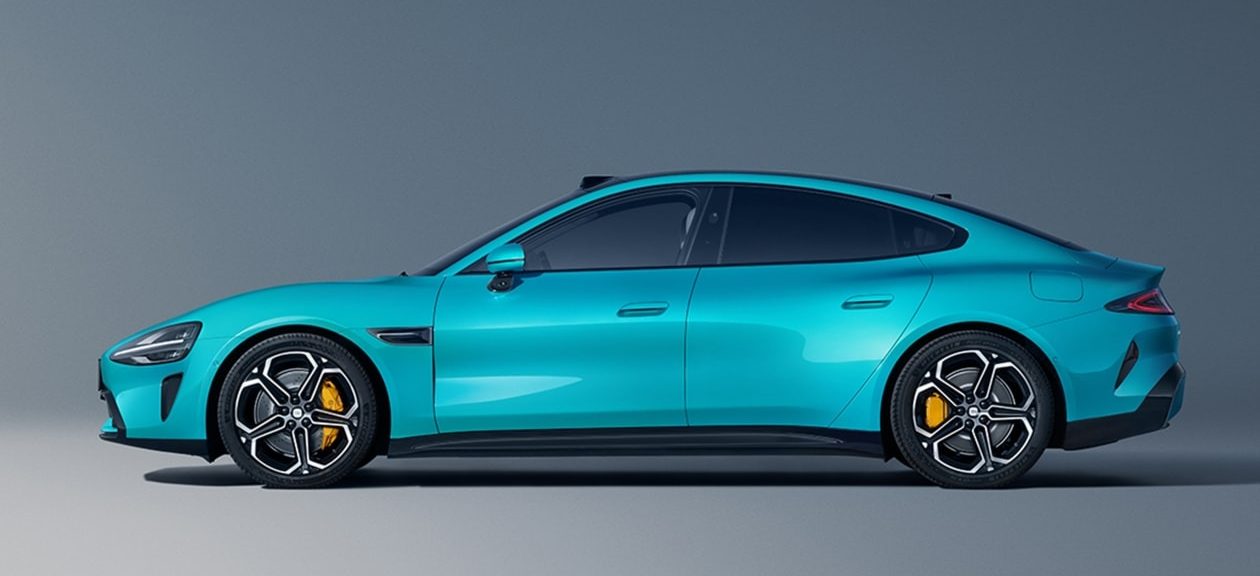
Pricing for the Xiaomi SU7 is keen
In China, the standard car will kick off at 219,900 Yuan – roughly AU$47,000, which would make it one of the most affordable EVs available in Australia if it were to come here.
The SU7 Pro will be priced at 245,900 Yuan (~AU$52,000) and 299,900 Yuan for the Max (~AU$66,000).
Those three versions of the SU7 all feature different batteries. The standard car has a 73.6kWh unit which claims to provide a 698km driving range – although it should be noted that all of Xiaomi’s range claims are done on the CLTC test, which is more generous than the WLTP test used in Europe.
It has just one electric motor to drive its rear wheels, although it still produces a very healthy 220kW and 400Nm of torque, claiming to hit 100km/h from a standstill in 5.3 seconds before topping out at 210km/h.
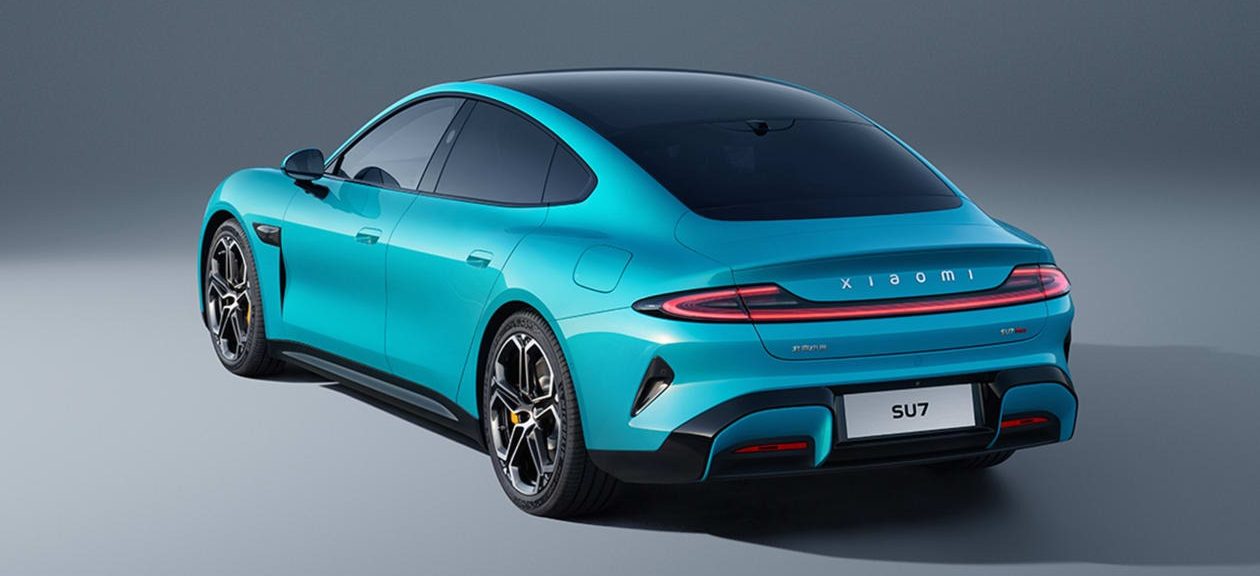
The mid-range Pro version has a 94.3kWh battery and a maximum range of 830km – the longest of any SU7. Its claimed 0-100km/h time sits at 5.7 seconds and has the same 210km/h top speed as the standard car.
With a 101kWh battery, the SU7 Max features a dual-motor setup that provides all-wheel drive, and a total power output of 495kW and 838Nm of torque for a 2.78-second 0-100km/h time. Range drops to 800km for the Max, due to the extra weight of another electric motor.
Helping achieve those impressive range claims is the SU7’s extremely low drag coefficient of 0.195Cd, which is considerably lower than the already very slippery 0.219Cd of the recently facelifted Tesla Model 3.
The SU7 also bests the previously record-breaking 0.197Cd achieved by another of its close rivals, the Lucid Air. Xiaomi says that when the SU7 is plugged into the right charging point, drivers can add up to 350km of range from just five minutes of charging, or 510km if you’re willing to wait 15 minutes.
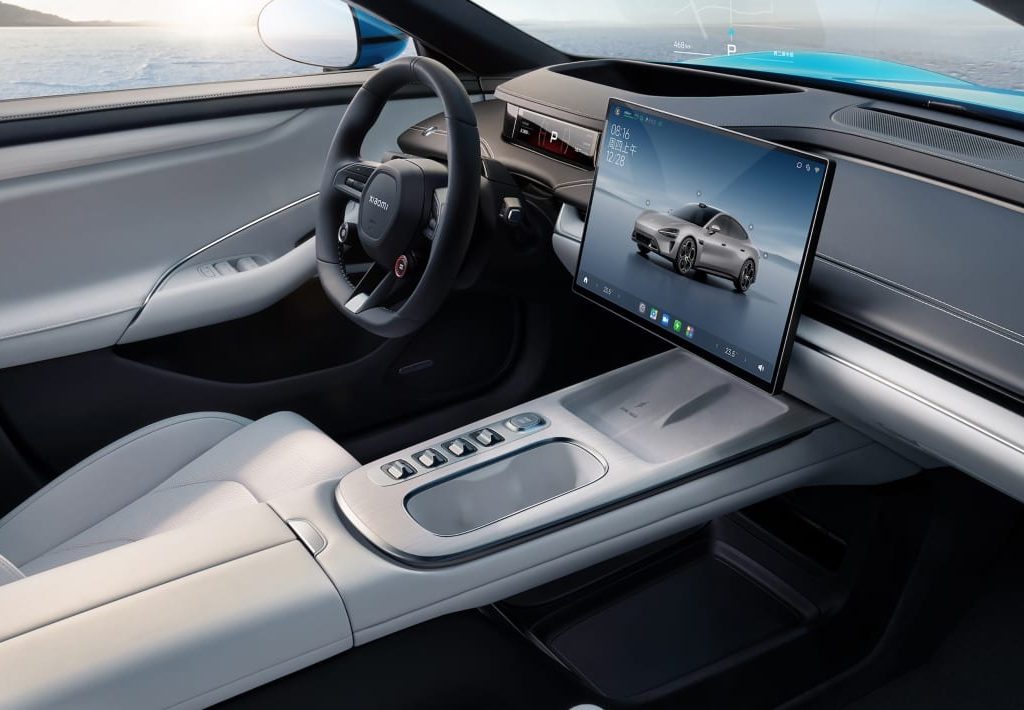
Xiaomi SU7 interior and technology
Not surprising for a brand known for its smartphones, there’s a huge central screen in the SU7.
It’s a 16.1-inch central touchscreen with 3K resolution and the brand’s own Android-based HyperOS infotainment system capable of displaying multiple widgets for maps, music and driver assistance simultaneously. Although Xiaomi might be a competitor to Apple, it’s included the option for Apple CarPlay connectivity.
If you don’t want to rely solely on the enormous touchscreen, an optional set of physical controls and a large volume dial can be attached to the bottom of the display, or removed just as easily for a slightly cleaner look. There’s also a 7.1-inch digital instrument panel behind the three-spoke steering wheel, as well as a head-up display.
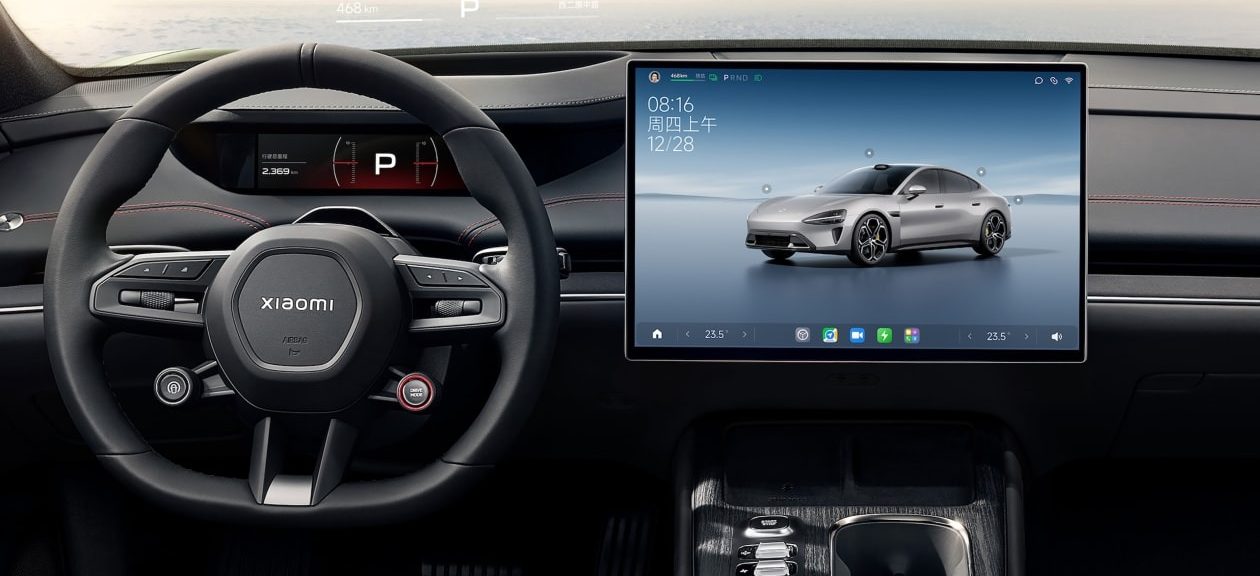
When unveiling the SU7, Xiaomi CEO Lei Jun emphasised the additional rear cabin space in the SU7 compared to the Model S or a BMW 5 Series. There’s also mounts for Xiaomi tablets on the backs of the front seats – but as well as charging tablets and giving rear passengers something to watch movies on, they become extensions of the car’s infotainment system, able to control the music or even move the seat in front.
The front seats also feature active side bolstering which operate during hard cornering, while beneath the centre console there’s a removable flashlight and a couple of hooks which Xiaomi says are there for “bags of takeaway food”. During the recent launch event, Xiaomi also unveiled six new exterior paint finishes for the SU7.
The SU7 offers 517 litres of boot space – slightly less than the latest BMW 5 Series saloon – however there’s an additional 105 litres of space under the bonnet, in the ‘frunk’.
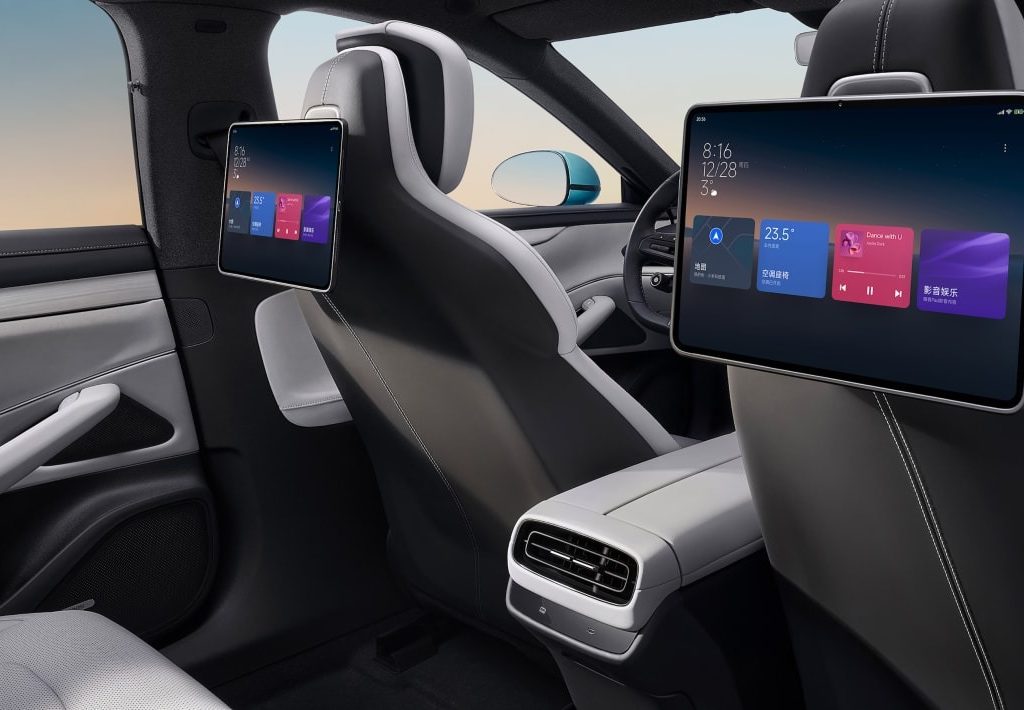
Xiaomi SU7 design
Head of design at Xiaomi’s EV division is Tianyuan Li, who was a senior designer at BMW and had a hand in the look of the polarising, yet undeniably distinctive BMW iX.
To our eyes, the front end of the SU7 looks like it belongs to one of McLaren’s supercars like the 750S, due to the similar headlight shape and rounded nose design. The sloped roofline and subtly pronounced rear haunches are clearly taken from the Porsche Taycan, while the SU7’s rear end with its full-width light bar closely resembles that of the BYD Seal. There are three sizes of wheels available for the SU7: 19-, 20- and 21-inch.
The SU7 also features an integrated LiDAR sensor at the top of the windscreen, similar to those on the flagship Volvo EX90, Polstar 3 and Lotus Emeya. It’s complemented with numerous cameras and other sensors around the car that together provide data for Xiaomi’s Pilot autonomous driving technology.
Ellis Hyde & Auto Daily
